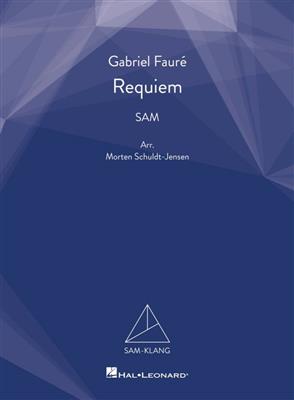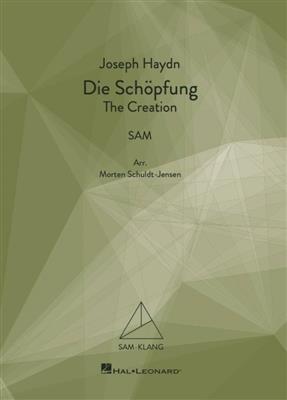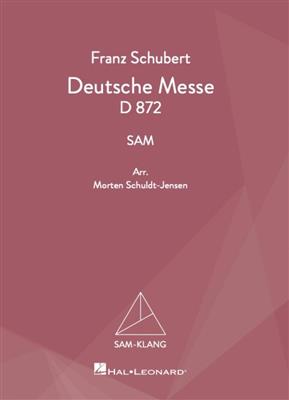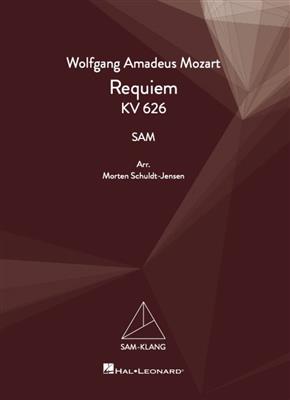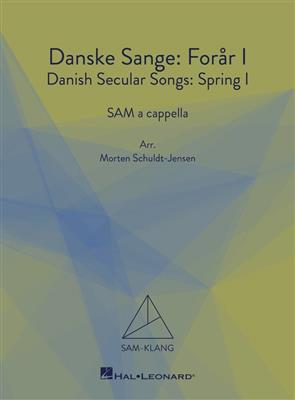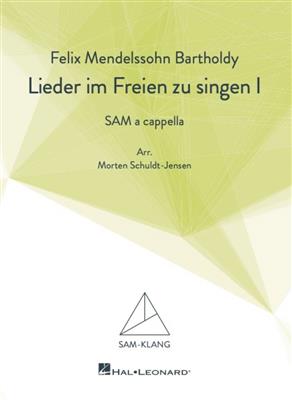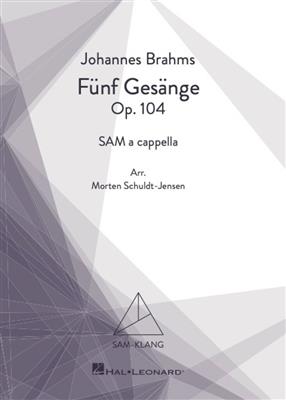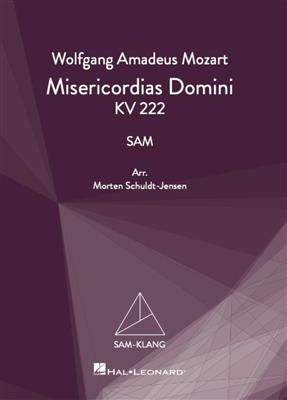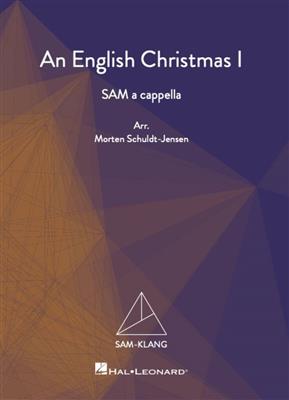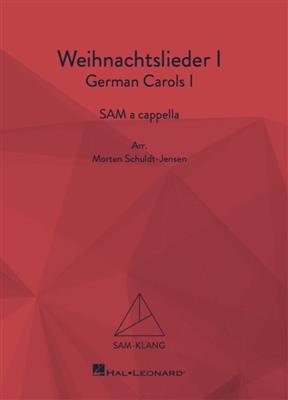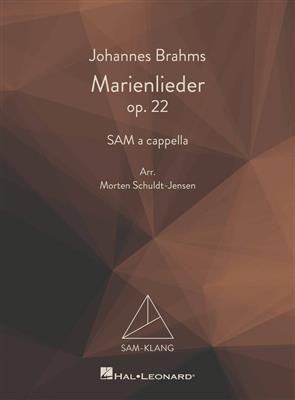Gabriel Fauré: Requiem: (Arr. Morten Schuldt-Jensen): Mixed Choir And Piano/Organ
SAM-Klang
This product qualifies for our Multi-buy offer.
COMPOSER:
Gabriel Fauré
ARRANGER:
Morten Schuldt-Jensen
PUBLISHER:
Hal Leonard
INSTRUMENTATION:
SAM and Piano
PRODUCT FORMAT:
Vocal Score
Gabriel Fauré’s Requiem is arguably the best-known and most frequently performed choral work from the late 19th and early 20th centuries. As both choirmaster and organist, Fauré sought to fashion a new church music removed from both the bel canto that held sway in Paris and the large-scale German
Specifications
| Composer | Gabriel Fauré |
| Arranger | Morten Schuldt-Jensen |
| Editor | Jonathan Wikeley |
| Publisher | Hal Leonard |
| Instrumentation | SAM and Piano |
| Grade of Difficulty | Easy |
| Number of pages | 60 |
| Product Format | Vocal Score |
| Description Product Type | Vocal Score |
| Genre | Sacred |
| Style | Sacred |
| Year of Publication | 2023 |
| ISBN | 9781705172582 |
| UPC | 196288090441 |
| Series | SAM-Klang |
| No. | HL00946259 |
| Product Dimensions | 26,5 x 19,5 cm |
| Voicing | SAM |
Description
Gabriel Fauré’s Requiem is arguably the best-known and most frequently performed choral work from the late 19th and early 20th centuries. As both choirmaster and organist, Fauré sought to fashion a new church music removed from both the bel canto that held sway in Paris and the large-scale German romantic style that dominated much of Europe. His distinctive musical language laid the foundations for the Impressionist school of Debussy and Ravel (his pupil) that followed. With versions for church (1893) or concert hall (1900), the Requiem is almost unique in its serenity, most notably by dint of the omission of a full Sequence Dies irae and its seraphic final In Paradisum. The work subscribes to Fauré’s belief that death should be seen ‘as a happy deliverance, an aspiration towards happiness above, rather than as a painful experience.’ The piano reduction here remains faithful to the edition by Desmond Ratcliffe published by Novello in 1975. Fauré’s original tempo and subtleties of dynamics have been kept, although some of the composer’s original breath markings, now considered superfluous in contemporary scoring, have been removed. The passages for tenor voices in the Introit and Agnus Dei may be sung by all lower voices if this is practical. If not, the line may be taken by a mixture of higher male voices and altos.
A highly versatile series, SAM-Klang editions can can be combined with any existing orchestration published, as well as original SATB and divisi versions. Expertly arranged by Morten Schuldt-Jensen, former Gewandhaus Orchestra choral master and current Freiburg University professor, this series was designed to promote accessibility and music-sharing and takes its name from the three voice parts in the arrangements – Soprano, Alto and Low Voice (Men) – which, when combined with the Scandinavian and German words for ‘sound’, create the portmanteau ‘sound together’ or ‘harmony.’
"For the repertoire for choirs ‘with a lack of lower voices’, the music seeks to consolidate the forces a choir may have and produce close to a full-sounding performance of the chosen work as possible." (Music Teacher Magazine, 2023)
A highly versatile series, SAM-Klang editions can can be combined with any existing orchestration published, as well as original SATB and divisi versions. Expertly arranged by Morten Schuldt-Jensen, former Gewandhaus Orchestra choral master and current Freiburg University professor, this series was designed to promote accessibility and music-sharing and takes its name from the three voice parts in the arrangements – Soprano, Alto and Low Voice (Men) – which, when combined with the Scandinavian and German words for ‘sound’, create the portmanteau ‘sound together’ or ‘harmony.’
"For the repertoire for choirs ‘with a lack of lower voices’, the music seeks to consolidate the forces a choir may have and produce close to a full-sounding performance of the chosen work as possible." (Music Teacher Magazine, 2023)
Song List
-
1. Requiem [Gabriel Fauré]


 www.musicroom.de
www.musicroom.de
 www.musicroom.fr
www.musicroom.fr
